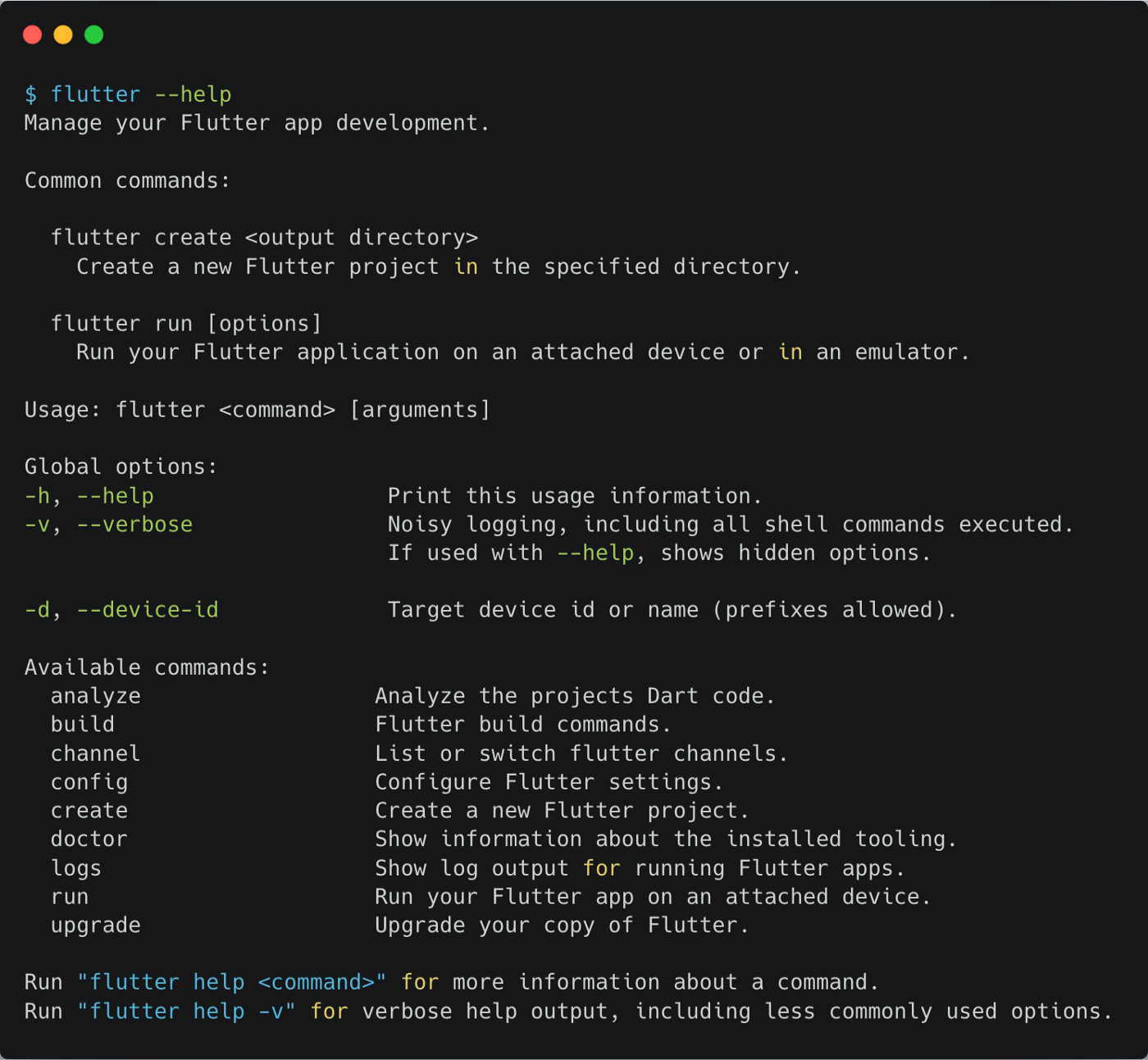

Don't worry, OpenJDK 8 is set to receive support at least until 2024.Īfter a successful installation, it is time to set the $JAVA_HOME environment variable. Other versions can sometimes show some unpredictable problems while working alongside Flutter as of May 2021, so I recommend installing OpenJDK 8.
#Flutter install to emulator update
To get the latest stable version of Java 8, open your terminal and run: sudo apt-get update & sudo apt-get install openjdk-8-jdk
#Flutter install to emulator how to
With the snap command available, install Flutter like this: sudo snap install flutter -classicĪfter Flutter has finished installing, run a basic checkup which will also do some automatic configuring: flutter doctor -vįlutter has been installed, nice! How to Install and Configure Javaįirst of all, we need to get the (community-backed) Open Java Development Kit before being able to use Android Studio. If you are not, you can follow the instructions available for your distro at the "Install Snap Store on your Linux distribution" section on this page. If you are using Ubuntu 16.04 onwards, you likely already have the snap command installed. How to Install and Configure Flutterįirst things first: let's install Flutter through the snap store. You can also edit Swift code directly from Android Studio, but unfortunately you won't have official support to test the app in iOS devices or emulators due to Apple's policies.įor this we'll need to install and configure Java as an Android Studio dependency, setup Android Studio to use hardware-acceleration and run Flutter apps and, of course, install and configure Flutter itself. In this tutorial we'll get to setup an Ubuntu 16.04+ machine for Android app development with Flutter. This makes Flutter a game changer even before it has fulfilled its potential of sharing the same codebase with the web and desktop versions of an app. But Flutter both offers a a lot on its own and elegantly steps out of the way when you need to interact directly with the OS using whatever official language you need to use.

The gold standard for native cross-platform app development is yet to be established. This is not only very limiting but also has a lot of performance costs. While cross-platform app development is nothing new, earlier strategies such as PhoneGap and Ionic used the available WebView implementation instead of interfacing directly with the system. You can implement logic in Dart, or directly with Kotlin or Swift if you need more specific interactions with your OS of choice. In its mobile app flavor, Flutter provides many UI abstractions to build interfaces. It really shines in cross-platform mobile app development and aims to be a viable option for web and desktop as well. Flutter is a Dart-based toolkit that helps you build the front end of your apps.


 0 kommentar(er)
0 kommentar(er)
